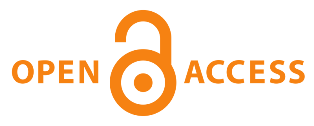Strong Leadership Styles in the Modern Era in Companies
A Conceptual Study
DOI:
https://doi.org/10.56442/pef.v2i3.846Keywords:
Leadership Style, Transformational Leadership, Modern Organization, Work Culture, Digital AgeAbstract
This article discusses a strong leadership style in the context of modern enterprises in response to the dynamics of globalization, digitalization, and the complexity of the business environment. Using a qualitative conceptual approach with a literature study, this study highlights how transformational and adaptive leadership styles are able to improve organizational effectiveness through clear vision, open communication, quick decision-making, employee empowerment, and exemplarity. The results of the study show that modern leadership is different from the traditional hierarchical and rigid style, because it emphasizes collaboration, empathy, and innovation. Strong leadership has also been proven to contribute to increased productivity, employee retention, and company competitiveness, while creating a work culture conducive to continuous innovation. In the digital era, leaders are required to have technological literacy, optimize data-driven decision-making, and maintain a balance between performance achievement and employee welfare. This study confirms that a strong leadership style is not only a managerial strategy, but also a transformational approach that is able to lead organizations to long-term success through adaptation, inspiration, and innovation. Thus, this research makes a conceptual contribution to the development of leadership theory and best practices in modern corporate management.
Downloads
Published
How to Cite
Issue
Section
License

This work is licensed under a Creative Commons Attribution-NonCommercial-ShareAlike 4.0 International License.




